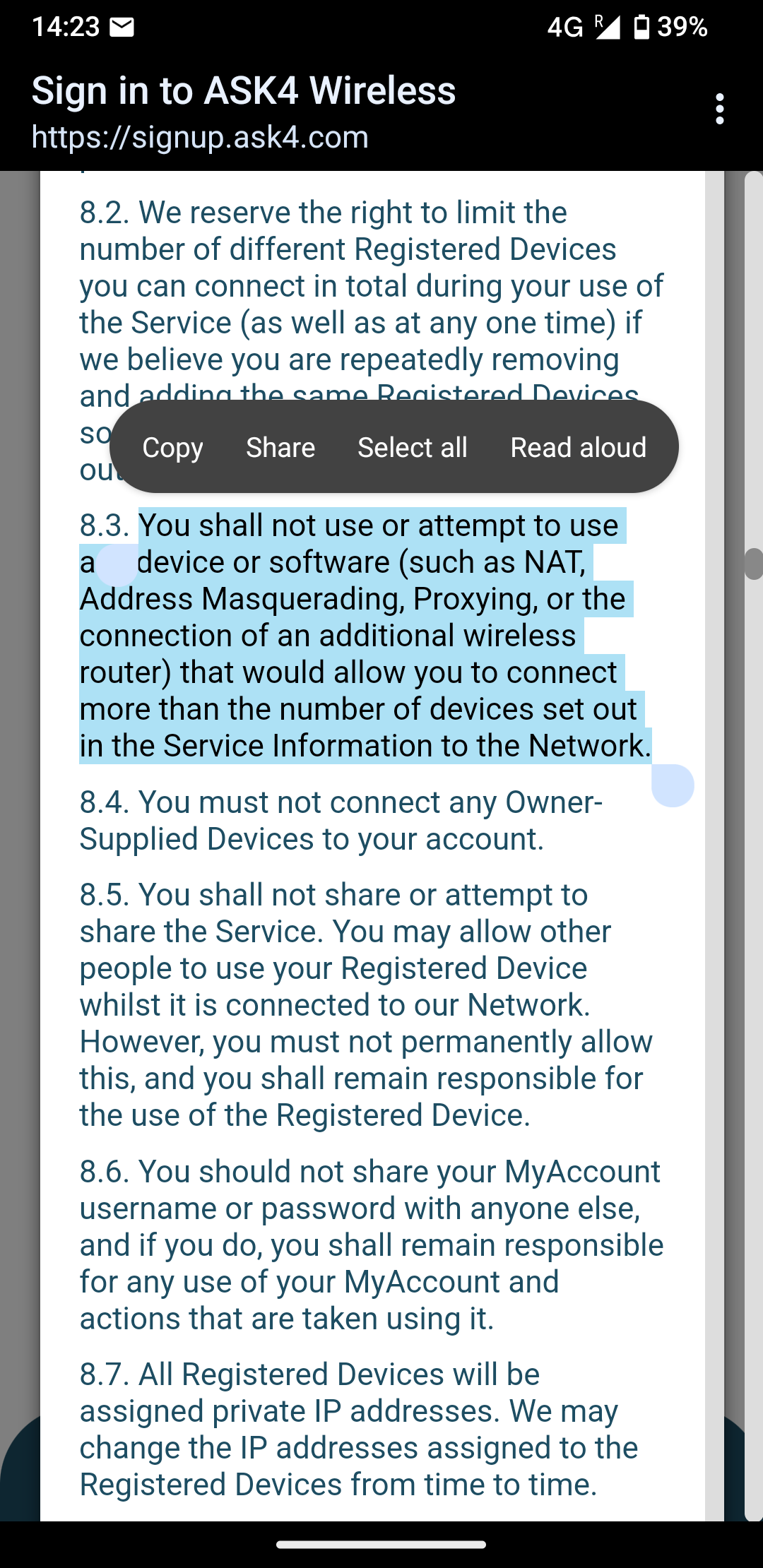This is good... but partially admits defeat. It's a good fallback though.
mat
Typo, meant to write "party" The French party against it that replied to me is le groupe des Verts/ALE. They will have my vote on the next election.
What can I, as a EU citizen, do to stop this? I already sent (handwritten) emails to my French representatives several times, but only got one response from a minority part^ that agrees.
Can confirm as well, awesome!!!
What makes a flake config a flake config is simply the flake.nix entry point. So, technically if you read that file to see what file it loads for the nixosConfiguration you want to "port", you should be able to just go directly from that file and bypass the flake.nix.
For the longest time, my own flake simply forwarded to my configuration.nix.
However, depending on your needs of course, but using flakes even at a basic level can be very useful and I'd 100% encourage doing a basic setup for someone starting out. The main feature here is being able to lock your dependencies (including nixpkgs) to a specific commit, which means you will always get the same resulting setup (not depending on when you installed it, like it does without flakes). But, you know better than me the requirements of your own setup :)
They mention better controller rumble support… if this allows rumble to work on the Linux version, maybe I can retire my hacky mod :)
This will be my first christmas since moving to Aachen, looking forward to it! Hope it's not too crowded :)
Outer Wilds! 🥲
Thanks for the warning, that sucks. I'm only interested in the local functionality, so this should not affect me I think!
Thank you so much, this is very helpful information! What kind of features am I missing out on using it locally? Setting and measuring the temperature sounds to me like a pretty feature-complete thermostat. :) To clarify, I don't actually need any Apple hardware/software to use this, Home Assistant just pretends to be HomeKit connecting to the Tado USB bridge and provides free control from its interface?
FUTO are the ones changing the meaning of words. The Open Source Definition has existed for a long time and clearly explains what it means. While Grayjay is "source available", and that's good, it definitely is not open source.

Right, I should have mentioned despite being French I live in Germany. Still, can't hurt to join any demonstrations against this.